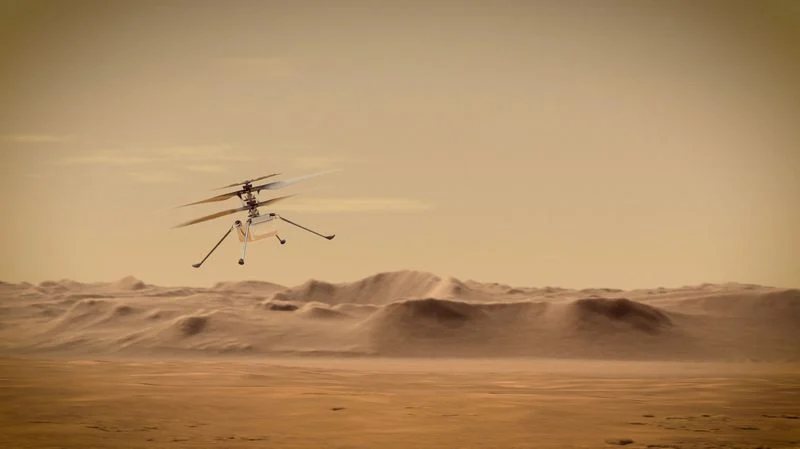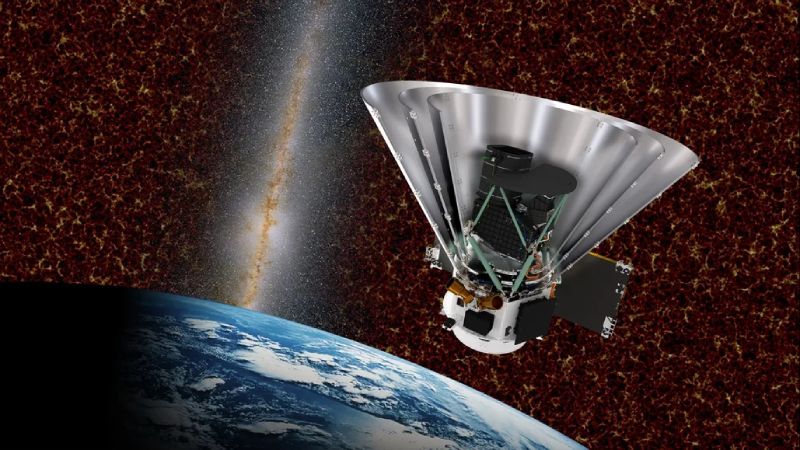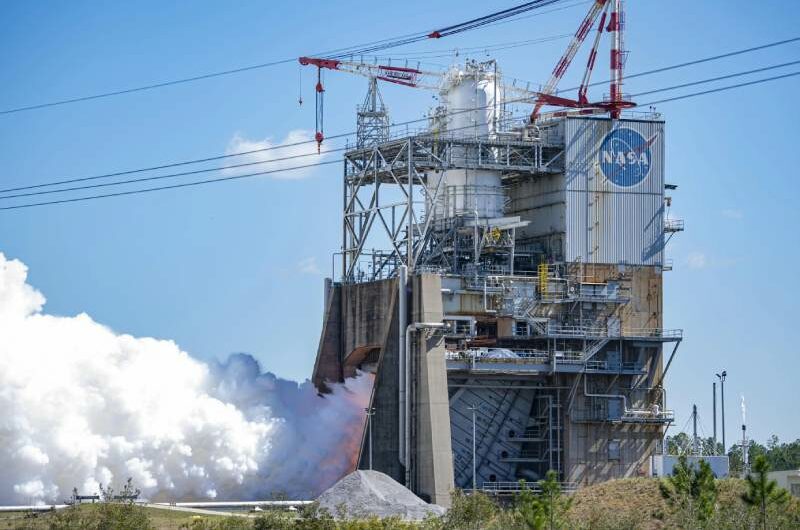NASA’s rover Perseverance has gathered data confirming the existence of ancient lake sediments deposited by water that once filled a giant basin on Mars called Jerezo Crater, according to a study published on Friday.
Scientists have theorized that parts of Mars may have once supported microbial life due to evidence from ground-penetrating radar observations carried out by the robotic rover. These findings corroborate imagery from previous orbits and other data.
Teams from the University of Oslo and the University of California, Los Angeles (UCLA) conducted the research, which was published in the journal Science Advances.
It was based on subsurface scans done over several months of 2022 by the car-sized, six-wheeled rover as it navigated the Martian surface from the crater floor onto an adjacent stretch of braided, sedimentary-like features that resembled Earth’s river deltas from orbit.
David Paige, a planetary scientist from UCLA and the paper’s first author, described peering underground to see a cross-sectional view of rock layers 65 feet (20 meters) deep as “almost like looking at a road cut,” thanks to sounds from the rover’s RIMFAX radar instrument.
Unmistakably, those layers show that, as in lakes across the planet, soil sediments carried by water were deposited at Jerezo Crater and its delta from a river that fed it. The results supported long-held theories by other researchers that warm, wet, and possibly habitable Mars once existed. Currently, Mars is cold, dry, and lifeless.
With samples gathered by Perseverance for eventual transportation to Earth, scientists anticipate a close-up study of Jerezo’s sediments, which are estimated to have formed about 3 billion years ago.
For now, though, the most recent research provides encouraging evidence that the location of the scientists’ geo-biological Mars expedition was indeed appropriate.
Researchers were taken aback when conducting remote analysis of early core samples that Perseverance drilled at four locations near its February 2021 landing. Unlike what was anticipated, the rock was found to be volcanic in nature.
No contradiction exists between the two studies. When scientists first discovered these changes in August 2022, they hypothesized that sedimentary deposits had possibly been removed because even the volcanic rocks showed evidence of being altered by exposure to water.
According to Paige, the RIMFAX radar readings released on Friday revealed evidence of erosion both before and after the sedimentary layers formed at the crater’s western edge, indicating a complex geological history there.
“There were volcanic rocks that we the landed on,” Paige stated. “One of the main reasons we came to this location is that we are now seeing evidence of these lake sediments after driving onto the delta. That’s the real news here. In that sense, it’s a happy story.”
Topics #Geo Biology #Jerezo Crater #Mars #Martian Sediments #NASA #Perseverance Rover











